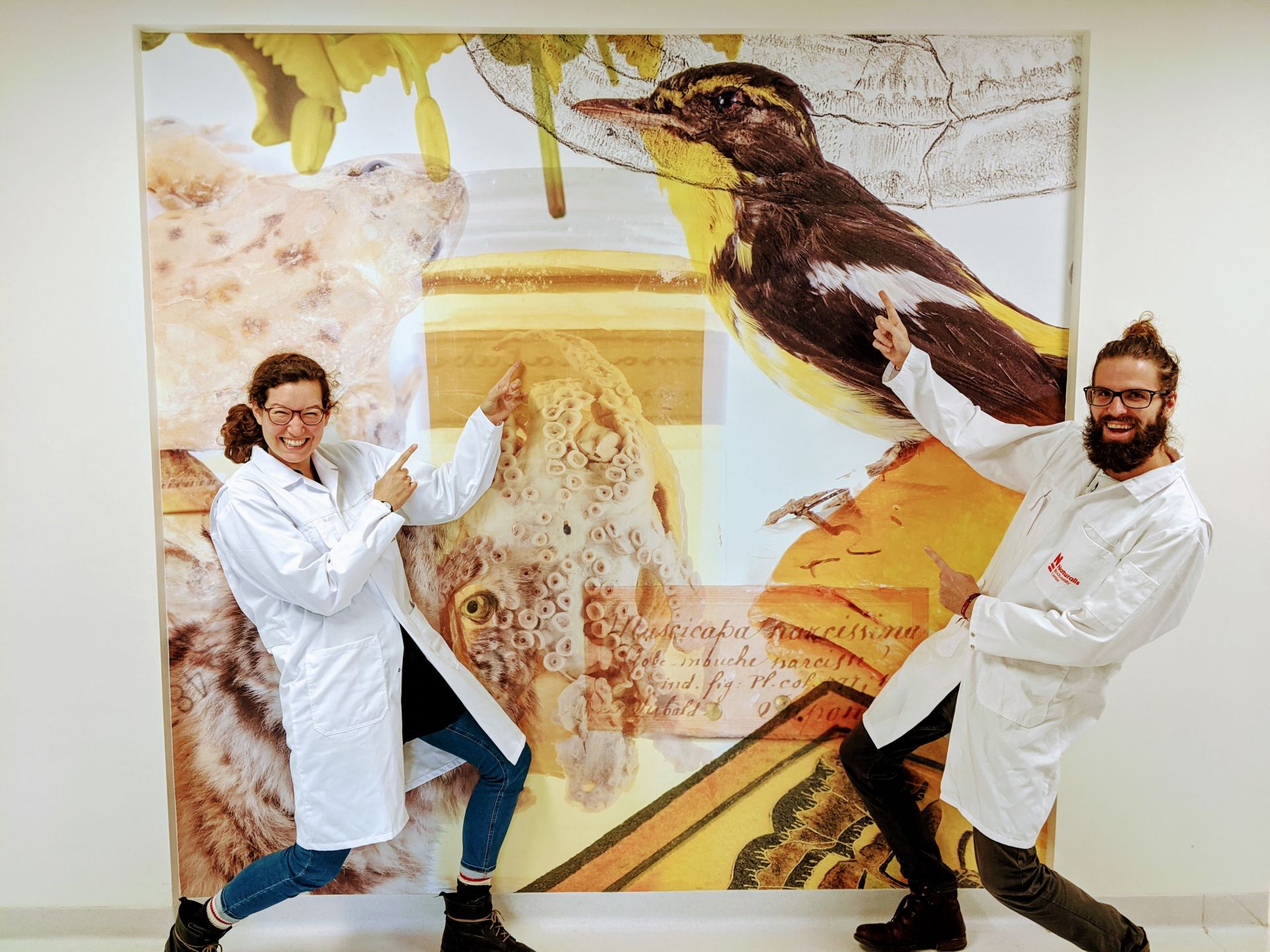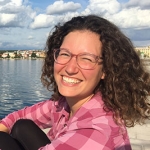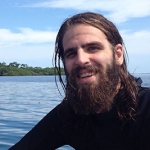By Elsa B. Girard and Mike Hynes (ESRs at Naturalis Biodiversity Center)
Since September, Elsa and Mike left home on a part-time basis to do lab work at Naturalis Biodiversity Center. Not only do they get to learn new techniques and supervise, but it is also their chance to flee home for once in a while during COVID-19 restrictions.
Anouk, a bachelor student working with Elsa on building a foram DNA reference database, has been working at least three days a week in the lab (Figure 1). Elsa and Anouk are taking up the challenge of foram DNA amplification, which is not a small task filled with many hiccups. With a goal to sequence DNA from 20 large benthic foraminifera species, they so far reached 4 good species amplifications out of 5. Anouk will work on a new round of species next week with, hopefully, some more successful results!
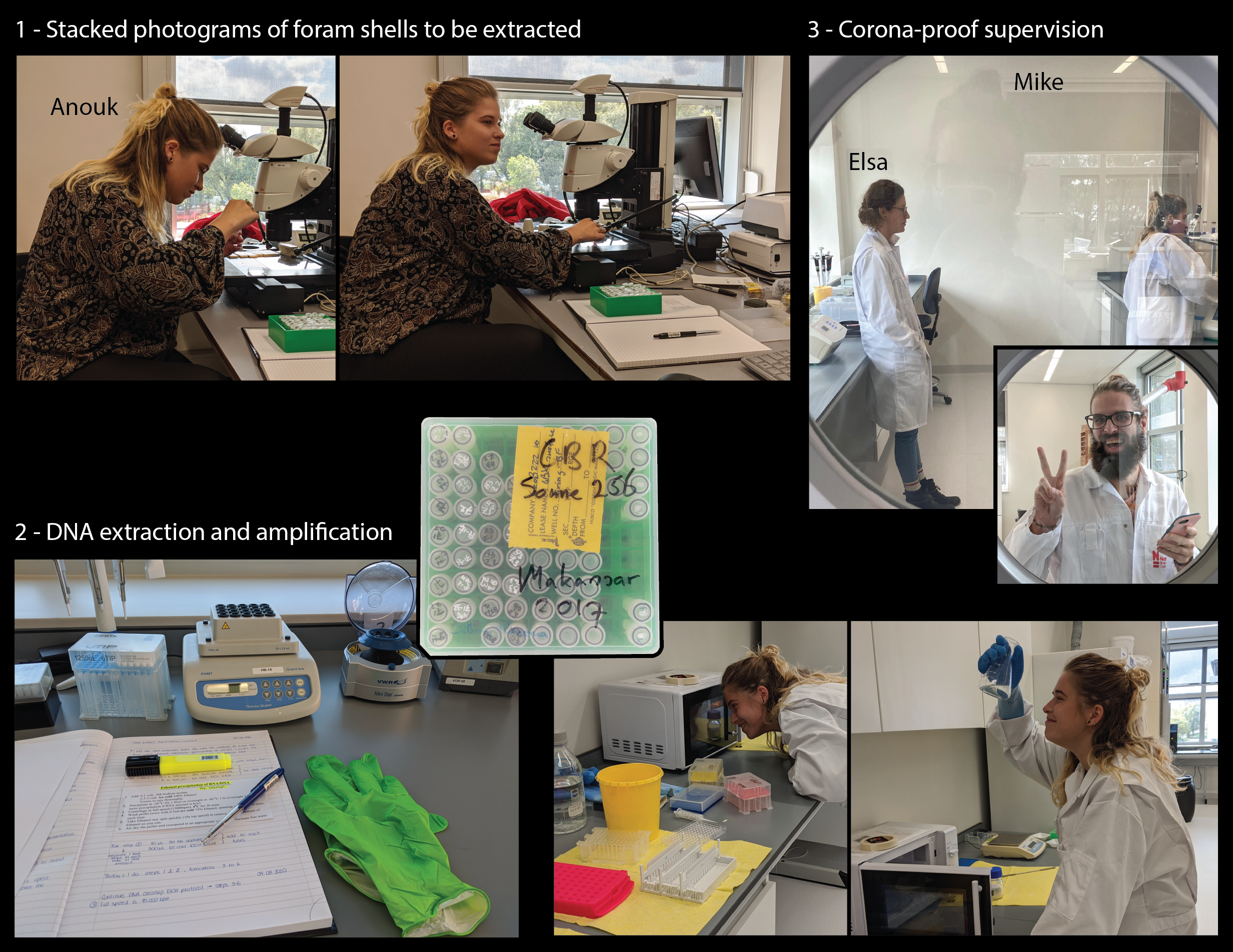
Figure 1. Workflow of Elsa and Anouk in the lab.
In the lab next door, Mike has been analyzing previously collected sediments from Indonesia for sponge spicules (spicules are sort of like skeletons for a sponge). This is a preliminary trial to see what we can learn about Indonesian sponges using techniques Mike has previously used on Caribbean sediments. Figure 2 shows that there are a few steps required to isolate sponge spicules. We add acetic acid and hydrogen peroxide to remove the majority of the unwanted materials, leaving mostly just silica based sponge spicules behind. With these spicules we can hopefully determine what the most common sponges are in this area, and possibly be able to compare these to reefs from the past!
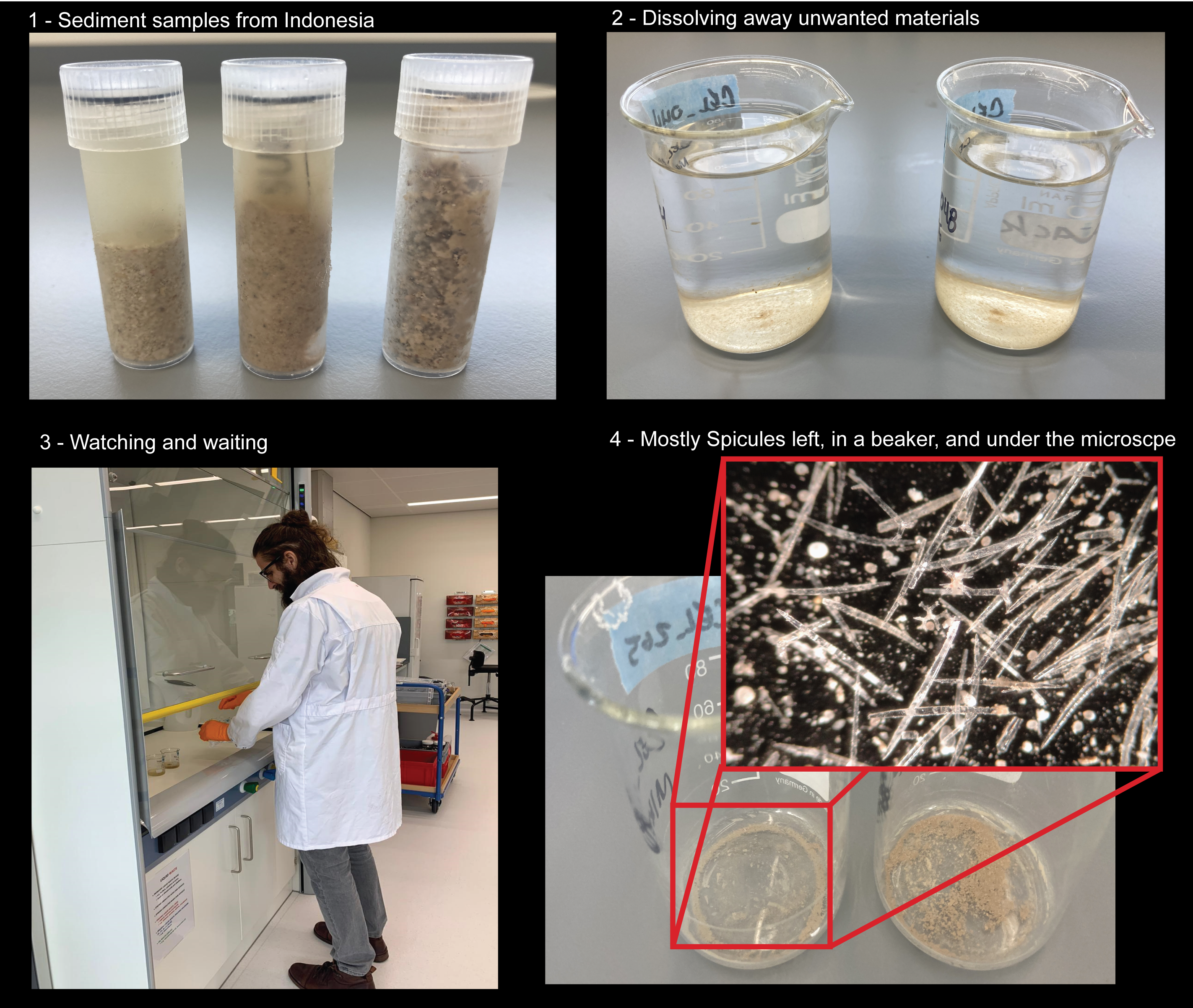
Figure 2. Mike isolating sponge spicules from Indonesian sediments.
William, the third 4D-REEF ESR at Naturalis, will have duty in the collection lab very soon too, so watch out for his blog post in the coming months!


